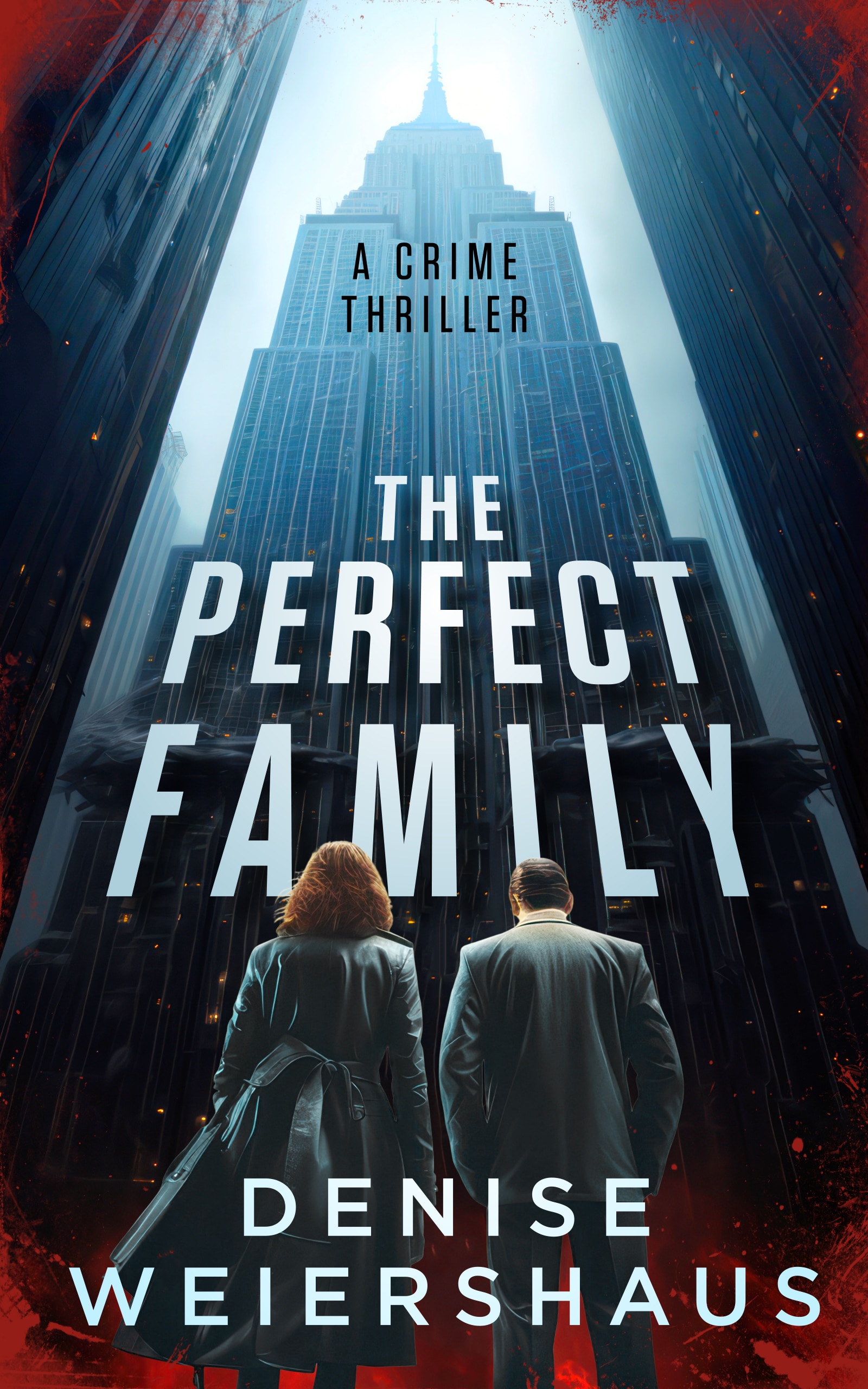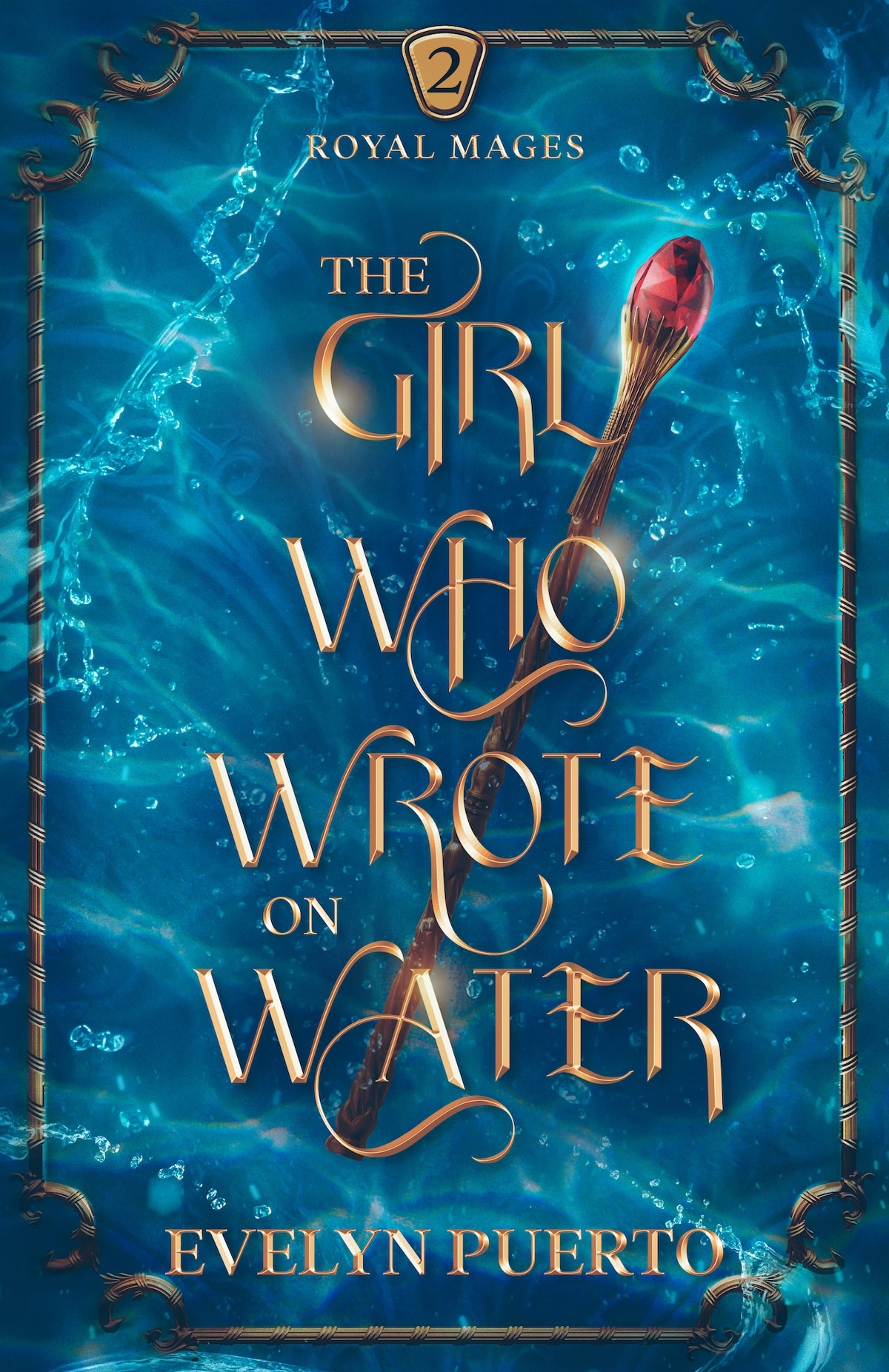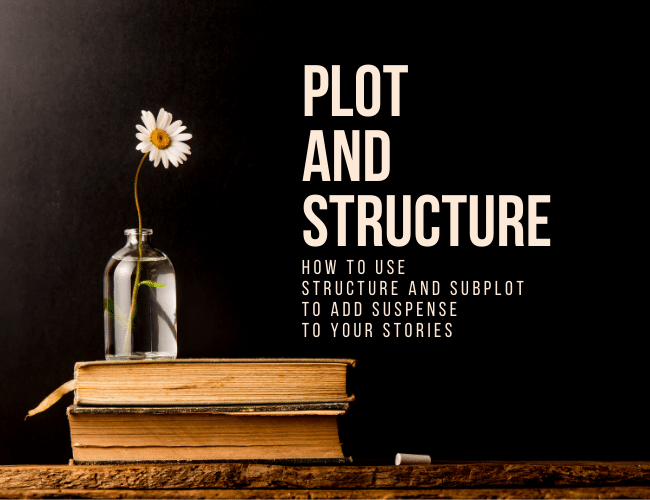
by Joslyn Chase |
You can’t write a great story if you don’t master plot and structure. But what is the best structure for a novel? How do you plot a novel?
Figuring out your plot and structure is essential for your story’s success. Even if you have an exciting idea for a story, great characters, and a memorable setting, you need to put your protagonist through events that have high and escalating stakes.
Without a sound plot and structure, you won’t thrill your readers. Today, we’ll look at story structure and learn how you can build an effective plan for a story packed with suspense, with all the right twists in all the right places.
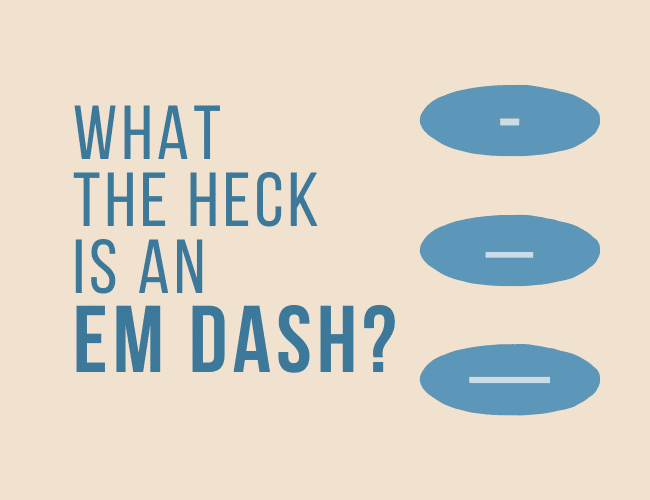
by Liz Bureman |
An em dash is a versatile punctuation mark that looks like an extended dash. It is used to break up a longer sentence, usually to insert a phrase into the middle or end of a sentence, to add modification phrases to a list, and sometimes to show a break in narration or conversation. Let’s look at when to use an em dash, and learn the keyboard shortcuts to make them!
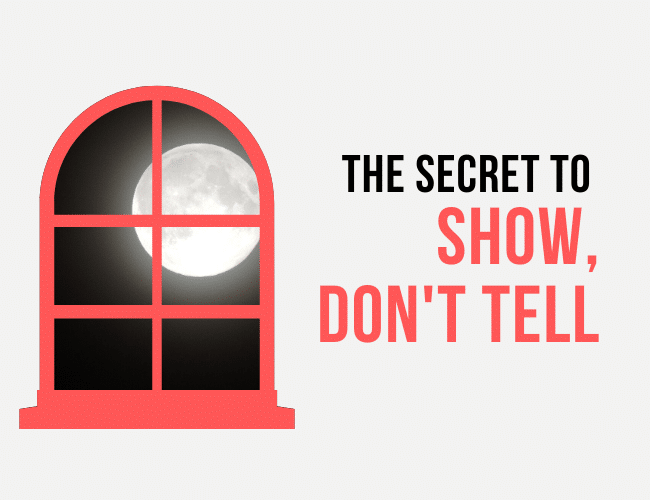
by Joe Bunting |
You’ve heard the classic writing rule, “Show. Don’t Tell.” Every writing blog ever has talked about it, and for good reason.
Showing, for some reason, is really difficult. Yet, it’s also one of the most important writing techniques you need to master if you want your own writing stand out.
Telling is one of the hardest habits to eradicate from your style. I still struggle with it regularly. However, writing that shows is so much more interesting than writing that tells. Most of the time.
In this article, you’ll find the definition of “show, don’t tell,” see several show don’t tell examples, and learn the one simple trick to strengthen your writing style.
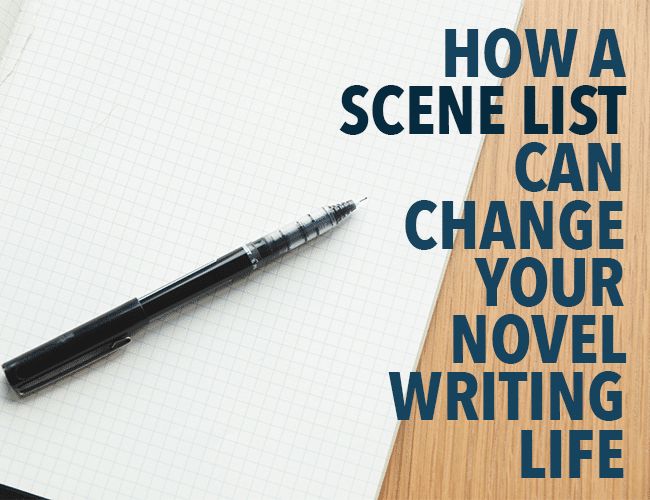
by Monica M. Clark |
By the end of this post you will be using an excel spreadsheet.
Don’t make that face—I know you’re a writer and not a data analyst. Or if you are a data analyst—I understand that you’re on this blog to get away from you day job. I get it. But guess what? At the suggestion of Randy Ingermason—the creator of the Snowflake Method— I listed all of the scenes in my novel in a nice little Google spreadsheet. It changed my novel-writing life, and doing the same will change yours too.
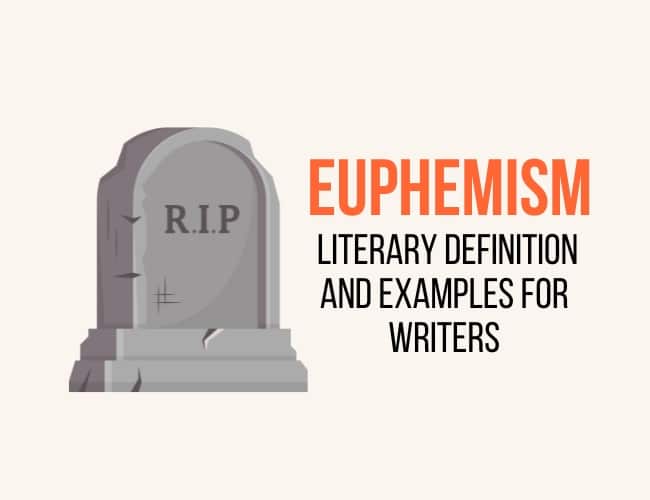
by Robert Harrell |
Euphemistic language is everywhere in polite society, used to speak and write sensitively about taboo subjects or to tackle difficult situations.
Parents sometimes refer to “the birds and the bees” as a euphemism for sex when speaking to their kids.
Euphemisms can make it both easier and harder to talk about uncomfortable topics, so they can be used in interesting ways in literature.
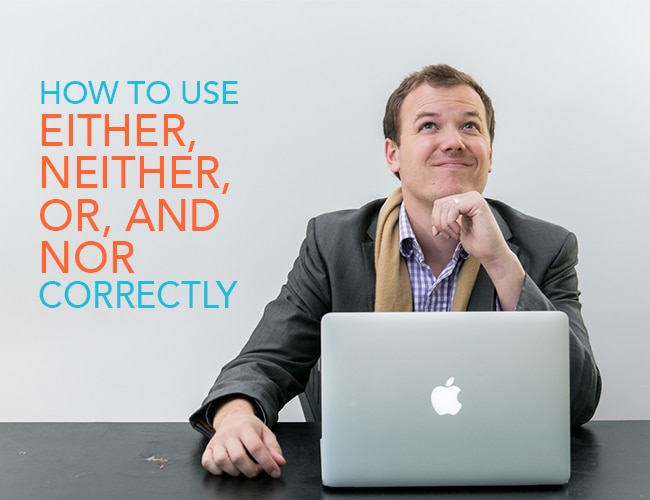
by Liz Bureman |
My mother seems to appreciate having a grammar lover in the family. For Christmas one year, she bought me the book I Judge You When You Use Poor Grammar. (By the way, it is equally correct to say “bad grammar.”) Last week, my mother emailed to ask if she was using the word “nor” correctly, which brings me to today’s post: the use of either, neither, and the connecting words that go with them.






